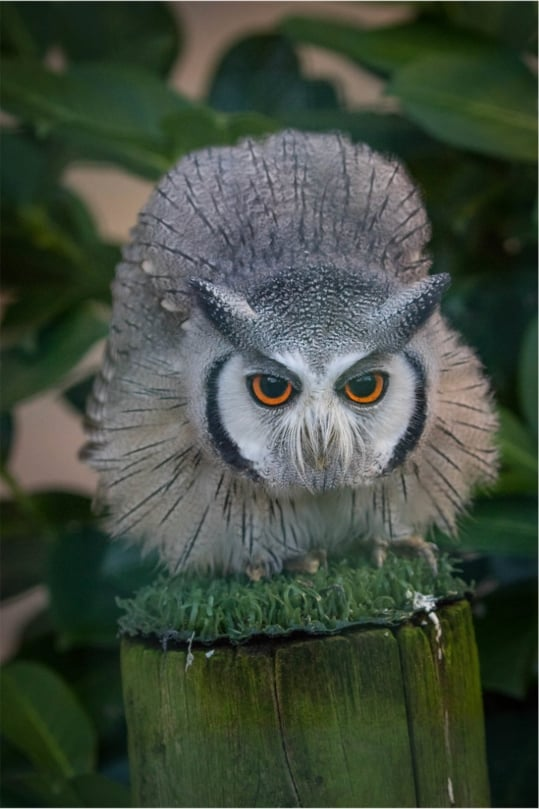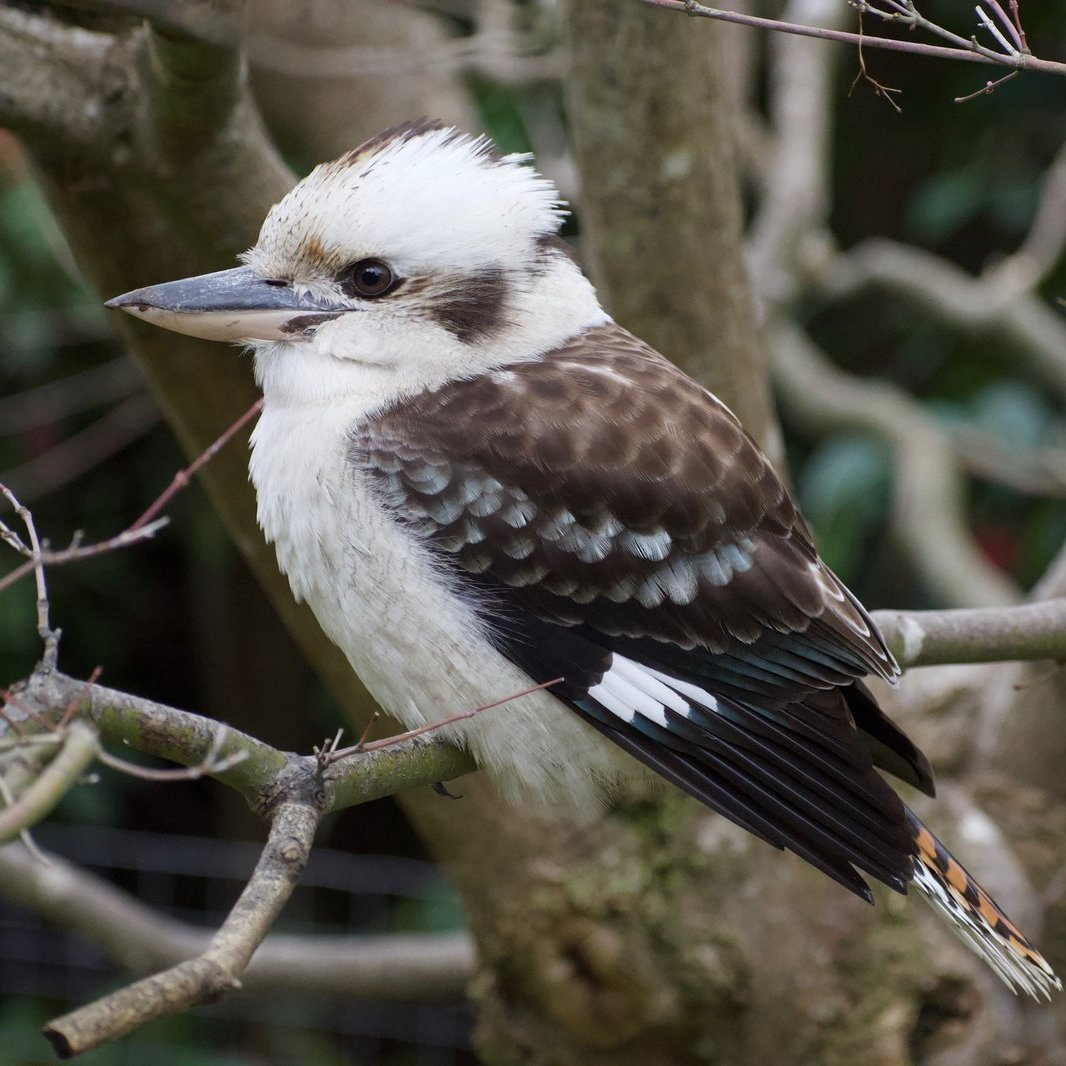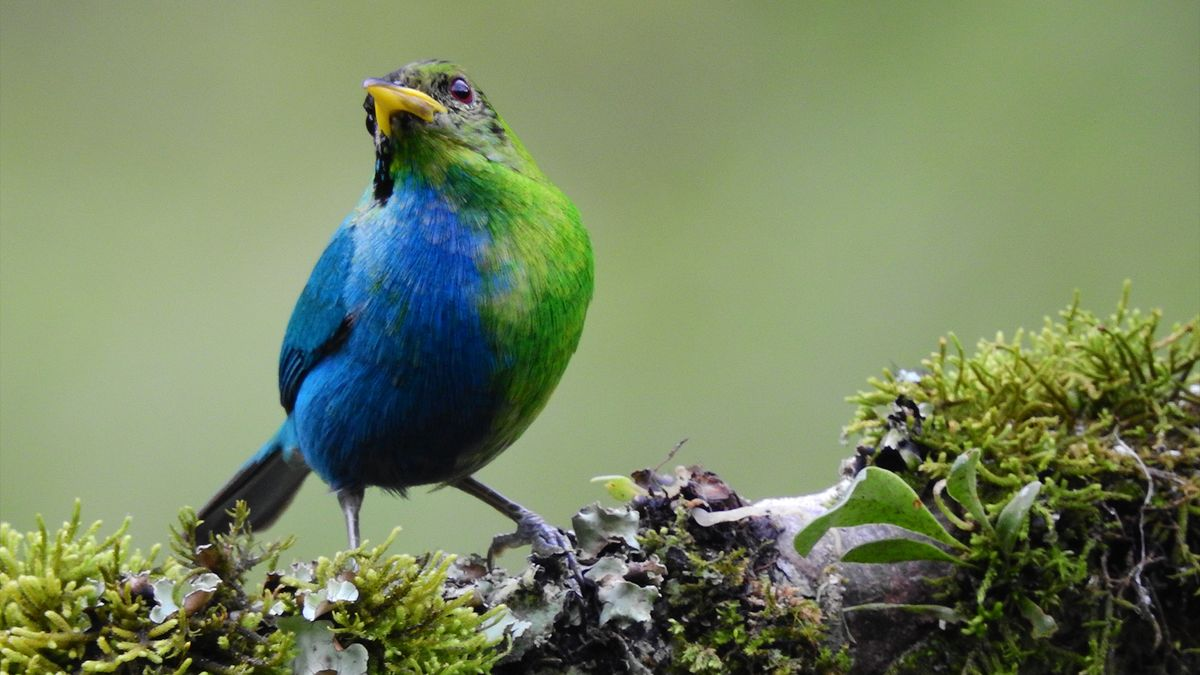

Thanks so much for the recommendation! I really enjoyed reading this. Here is a copy of my comment that I posted over there:
What a fascinating read! I really appreciate you sharing it. Ed Yong has a great book, An Immense World, all about various types of animal senses, and in the chapter on sound, he talks about this very owl. I was surprised when reading your post that it was Roger Payne’s work, but upon reviewing the chapter in An Immense World I saw that it was, in fact, him. I am familiar with Payne from his work with whales, many people credit him and his work with humpback whales songs as the reason that neatly the whole world has stopped whaling. With good reason, he produced an album of whale songs that changed the way the world saw them.
Ed Yong’s book is incredible, and I highly recommend it, he goes into detail about the senses we are generally acustomed to, but also some more uncommon ones like electro-reception. Here are a couple interesting bits from the section where he writes about the remarkable hearing of owls.
A great gray owl can pluck a lemming from within its snow-covered tunnel or accurately bust through the roof of a gopher burrow, solely by listening to the chewing or scurrying sounds coming from beneath the ground. These feats are remarkable, and they hint at why hearing can be such a useful sense.
…
But hunting by sound has one ma jor disadvantage-interference. A vissually guided predator like an eagle doesn’t emit light when it moves, but an owl can’t help but make noise with its own wingbeats. Those noises, which are close to the owl’s ears, could potentially drown out the faint and distant sounds of its prey. Fortunately, the owl has soft feathers on its body and serrated edges on its wings that make its flight almost imperceptibly quiet. The noise it does make is mostly below the range to which its ears are most sensitive and below the lower limit of what small rodents can hear.
So generally, an animal’s hearing pretty much overlaps with the frequencies of sound that it makes, but in this case it is an advantage to not be tuned to the frequency that the owl’s own features makes. I believe it was elsewhere in this same book where Ed Yong talks about a bird that is unable to hear it’s own song, the thought being that this particular bird’s insect prey was able to hear the sound and this somehow aided in hunting. I don’t remember the specifics, and if memory serves, it’s not entirely known why it would be like this.
The chapter goes on to mention that barn owl’s are not even the animal with the best hearing like this. There is a fly that is specifically tuned to the sound of male crickets:
Most tachinids track their victims through sight or smell, but Ormia ochracea-a yellow, half-inch-long species that’s found throughout the Americas, uses sound. Like female crickets, it listens out for the song of a male. Homing in on those dulcet thrrrrps, it lands either on or near the singer and deposits maggots. These burrow into the cricket and slowly devour him from within.
He says that the Ormia can detect the position of a cricket to 1 degree. The Ormia is so efficient that it has actually led to some male crickets evolving out of using mating songs and leaving the females of the species to have to find males just by stumbling across them.






Source